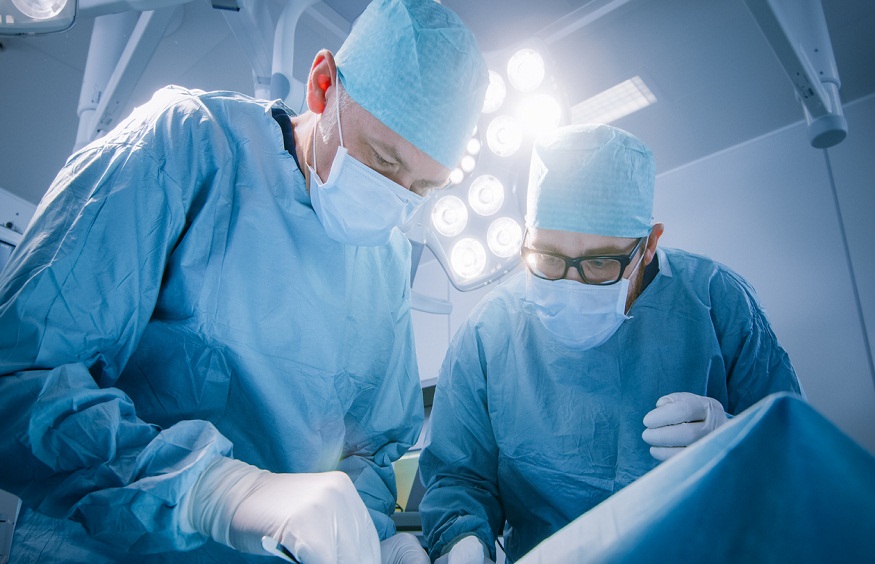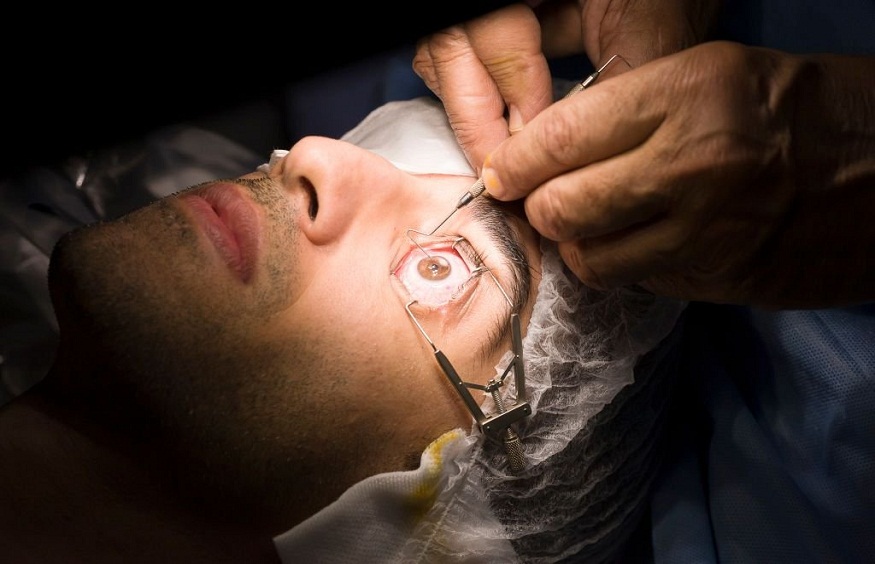Plastic surgery often serves as a lifeline for burn victims. It offers a chance to heal, restore, and regain confidence. Reconstructive procedures help in rebuilding damaged skin and tissues, providing not just physical recovery but a boost to mental well-being too. For instance, procedures like breast reconstruction Roslyn Heights highlight the transformative power of this field. Through skilled surgery, patients find hope and a new beginning.
The Need for Reconstruction
Burn injuries can be devastating. They not only damage the skin but also affect muscles and nerves. This can lead to a loss of function and severe scarring. Physical scars often have deep emotional impacts. The need for surgery becomes crucial not just for appearance, but for a return to normal life.
Types of Reconstructive Surgeries
There are several types of reconstructive surgeries for burn victims. Each type serves a unique purpose:
- Skin Grafting: This involves taking healthy skin from one part of the body and transplanting it to the burned area.
- Flap Surgery: This technique uses tissue from another part of the body, including skin, fat, and sometimes muscle.
- Tissue Expansion: This involves inserting a balloon-like device under the skin to stretch it, allowing new tissue to form.
These procedures help reduce scarring and improve movement and function. They also play a vital role in boosting self-esteem.
Impact on Mental Health
Beyond physical recovery, reconstructive surgery offers emotional healing. The psychological burden of living with burn scars can be heavy. Surgery helps alleviate this burden by improving appearance and restoring function. A study by the National Institutes of Health notes the positive impact of reconstruction on self-image and social interactions.
Recovery and Aftercare
Recovery from reconstructive surgery varies. It depends on the severity of the burns and the type of surgery performed. Here are three key steps involved:
- Immediate Post-Op Care: Includes wound care, pain management, and monitoring for complications.
- Rehabilitation: Physical therapy is often necessary to restore movement and strength.
- Long-term Follow-up: Regular check-ups ensure the success of the surgery and address any issues.
Routine care is crucial for optimal results. Following doctor’s orders and attending therapy sessions make a significant difference in recovery.
Success Rate and Challenges
Reconstructive surgeries have a high success rate. They often lead to improved quality of life. However, challenges remain. Scar tissue can complicate procedures, and not all patients respond the same way.
Comparison of Surgery Types and Outcomes
| Type | Procedure Duration | Recovery Time | Typical Outcome |
| Skin Grafting | 1-3 hours | 2-4 weeks | Reduced scarring, improved skin function |
| Flap Surgery | 2-6 hours | 4-6 weeks | Restored function, enhanced appearance |
| Tissue Expansion | Several weeks (staged) | 4-8 weeks | New tissue with a better match in color and texture |
Looking Forward
Advancements in plastic surgery continue to offer hope. New techniques and technologies improve outcomes and reduce recovery times. Researchers and surgeons work tirelessly to enhance these procedures. For more information on the latest research, visit the National Institute of Biomedical Imaging and Bioengineering.
Plastic surgery stands as a beacon of hope for those affected by burns. It provides not just physical restoration but the promise of a brighter future.




